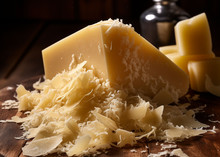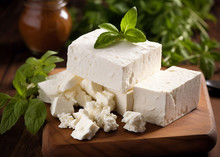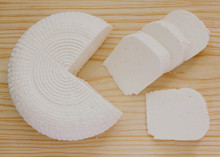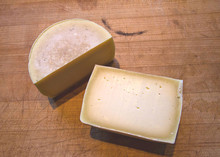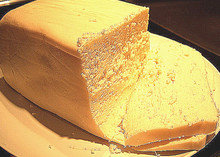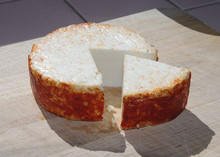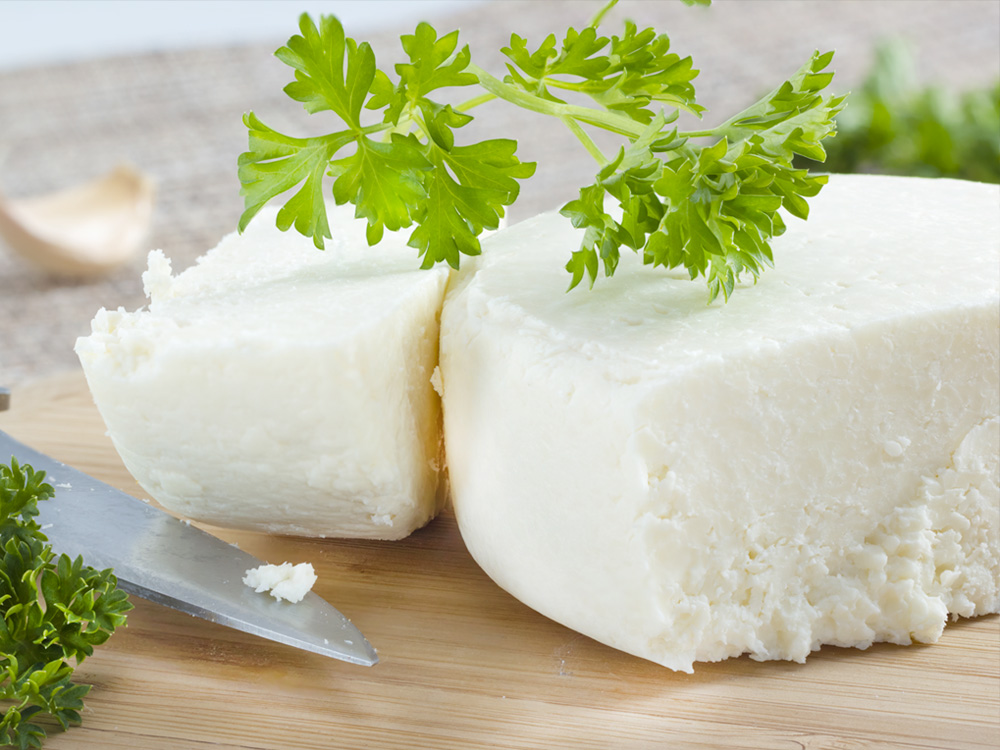
Substitutes for Cotija Cheese
Discover the best substitutes and alternatives for Cotija cheese to add a delicious twist to your dishes.
Cotija Cheese Substitutes and Alternatives
Queso Fresco, Feta and Panela are great substitutes for Cotija cheese but there are a few considerations that you can read further here below.
Cotija cheese is a popular Mexican cheese known for its crumbly texture and salty flavor. It adds a delightful touch to various dishes, such as tacos, enchiladas, and salads.
However, finding cotija cheese in some places can be challenging whether due to location, distance, or expense.
Thankfully, there are several alternatives to replicate the taste and texture of cotija cheese. In this article, we will explore various options and highlight some other Mexican cheeses worth trying.
Is Cotija Cheese Similar to Queso Fresco?
One possible substitute for Cotija cheese is Queso Fresco. Both cheeses originate from Mexico and are made from cow's milk. However, their textures and flavors differ. While cotija cheese has a dry and crumbly texture, queso fresco is softer and creamier. Additionally, cotija cheese has a bolder and saltier taste compared to the milder flavor of queso fresco. Therefore, although queso fresco can provide a similar creamy element to your dish, it may not replicate the distinct flavor of cotija cheese.
Another key difference between cotija cheese and queso fresco lies in their aging process. Cotija cheese is aged, which contributes to its crumbly texture and intense flavor. The aging process allows the cheese to develop a complex taste profile with hints of nuttiness and sharpness. On the other hand, queso fresco is a fresh cheese that is meant to be consumed shortly after production. This results in a mild and milky flavor, making it a versatile cheese that can complement a wide range of dishes.
When choosing between cotija cheese and queso fresco for your recipe, consider the desired outcome. If you are looking to add a bold and salty kick to your dish, cotija cheese would be the preferred choice. However, if you prefer a softer and milder cheese that provides a creamy texture, queso fresco may be the better option. Both cheeses have their own unique characteristics that can elevate the flavor profile of your culinary creations.
Is Cotija Cheese Similar to Parmesan?
While Cotija cheese and Parmesan cheese have some similarities, they are not identical. Parmesan is an Italian-style cheese made from cow's milk, whereas Cotija is a Mexican cheese made from cow's milk or a blend of cow and goat milk. Parmesan has a nutty, savory flavor, and a hard texture, while Cotija cheese is saltier and crumbly. You can use Parmesan as a substitute for cotija, but be aware that the flavor profile will be different.
When it comes to culinary uses, Parmesan is a versatile cheese that can be grated over pasta, salads, and soups to add a rich umami flavor. On the other hand, Cotija cheese is commonly crumbled over dishes like tacos, tostadas, and elote (Mexican street corn) to provide a salty kick and creamy texture. Both cheeses bring a unique taste to dishes, enhancing the overall flavor profile in different ways.
Parmesan cheese is aged for a longer period, typically around 12 to 36 months, which contributes to its intense flavor and hard texture. In contrast, Cotija cheese is aged for a shorter period, usually a few weeks to a few months, resulting in its crumbly consistency and bold salty taste. These aging processes play a significant role in shaping the characteristics of each cheese, making them distinct in their own right.
Is Cotija Similar to Feta?
Though Cotija cheese and Feta cheese both fall into the category of crumbly cheeses, they have distinct characteristics.
Feta is a Greek cheese made from sheep's milk or a mixture of sheep and goat's milk. It has a tangy, salty taste and a creamy texture. On the other hand, Cotija cheese is saltier and drier. While they can be used interchangeably in some recipes, the flavor profile will vary.
Feta cheese has a rich history dating back thousands of years. Traditionally made in Greece, feta is stored in brine to preserve its freshness and enhance its salty taste. It is a key ingredient in popular Greek dishes such as spanakopita, Greek salad, and moussaka. The crumbly texture of feta makes it a versatile cheese that can be crumbled over dishes or used in salads and pastries.
Is Cotija Similar to Goat Cheese?
Not really, starting with the milk used for Cotija, which is cow’s milk. Cotija is known for its intense saltiness, while goat cheese has a more subtle flavor. Goat cheese is typically creamy and spreadable, whereas Cotija is crumbly. While they can both add a tangy flavor to your dishes, they are not perfect substitutes for each other.
Is Cotija Similar to Anejo Cheese?
Anejo cheese is a Mexican cheese with a similar crumbly texture to cotija. However, the taste is not the same. Cotija cheese has a much stronger, saltier flavor, while Anejo cheese is milder. If you can't find Cotija cheese, Anejo cheese could work as a substitute, but keep in mind the difference in taste.
Is Cotija Similar to Oaxaca Cheese?
Cotija cheese and Oaxaca cheese are both traditional Mexican cheeses, but they have distinct characteristics. Oaxaca cheese is a semi-soft cheese with a stringy, melting texture, similar to mozzarella. Cotija, on the other hand, is a firm, crumbly cheese. They have different uses in recipes, so substituting one for the other may not yield the desired result.
Best Substitutes for Cotija Cheese
If You Like Cotija, You May Like These Cheeses...
If you enjoy the bold flavor and crumbly texture of Cotija cheese, here are some other cheeses you might want to try:
Ricotta salata: A firm, salty cheese that crumbles easily. While these cheeses may not be a perfect match for cotija, they offer similar characteristics that can enhance your dishes.
Romano Cheese: Another hard, salty Italian cheese like parmesan, Romano can substitute for aged Cotija. It has a sharp, tangy flavor that works well in many of the same dishes.
What Are Some Other Mexican Cheeses?
If you're interested in exploring more Mexican cheeses, here are a few worth trying:
Chihuahua cheese: A semi-soft cheese often used for melting.
Manchego cheese: A popular Spanish cheese that is also made in Mexico.
Asadero cheese: A melting cheese commonly used in quesadillas.
Cotija añejo: An aged version of cotija cheese with a more intense flavor.
Queso Blanco: A mild and crumbly fresh cheese that is often used in Mexican cuisine.
Panela: Also known as “queso de bola”, it has a smooth texture and a mild flavor, making it versatile in various dishes.
These cheeses offer a variety of flavors and textures that can elevate your Mexican culinary creations.
Next time you need a Cotija cheese substitute or alternative, be sure to consider these options. While they may not be an exact match, they can still add a delicious twist to your Mexican-inspired dishes. Embrace the opportunity to explore different flavors and experiment with new cheeses. The world of cheese is vast and exciting, with countless possibilities to enhance your culinary adventures.
